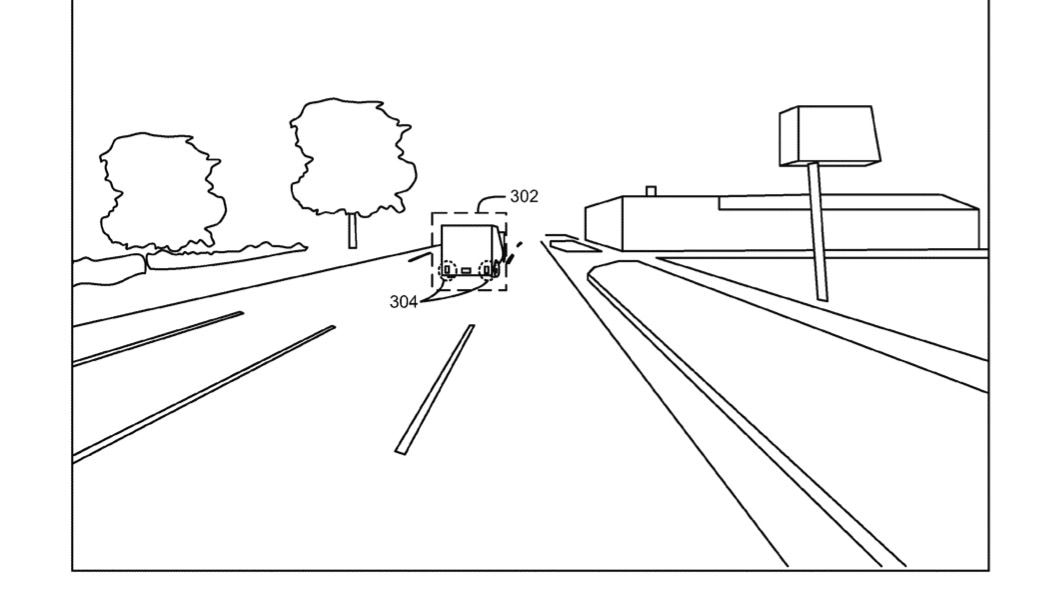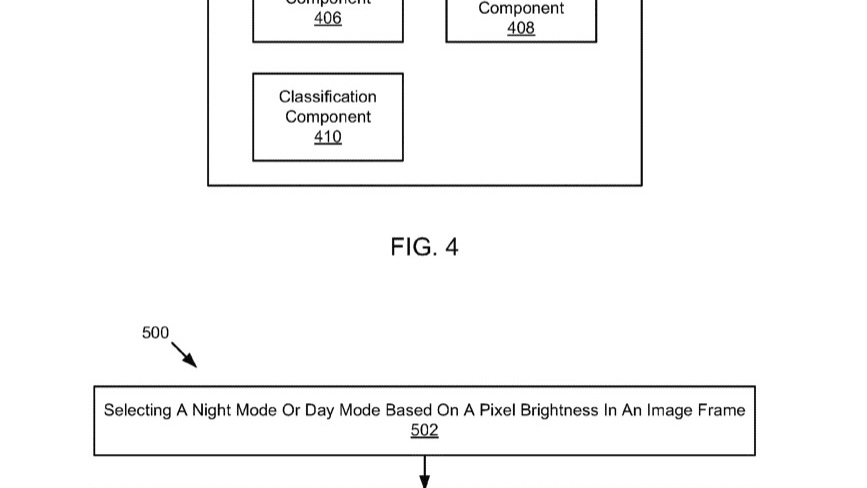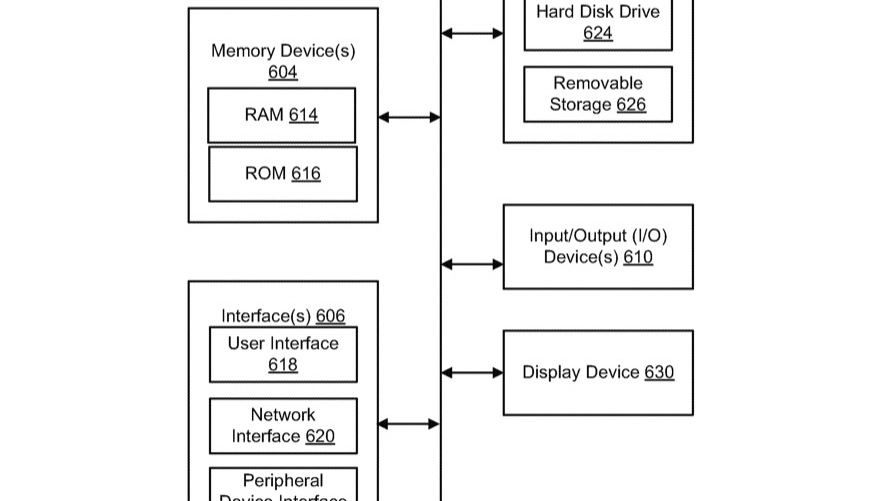Federal regulations require new cars sold in the U.S. to have brake lights that are clearly visible to the human eye, but a recent Ford patent filing indicates the automaker is concocting a more high-tech solution.
The patent application, which was published by the United States Patent and Trademark Office (USPTO) on Sept. 14, 2023, and filed in May of this year, is for an automated brake light detection system. In the application, Ford claims this could help improve the performance of driver-assist systems and, potentially, future self-driving cars.
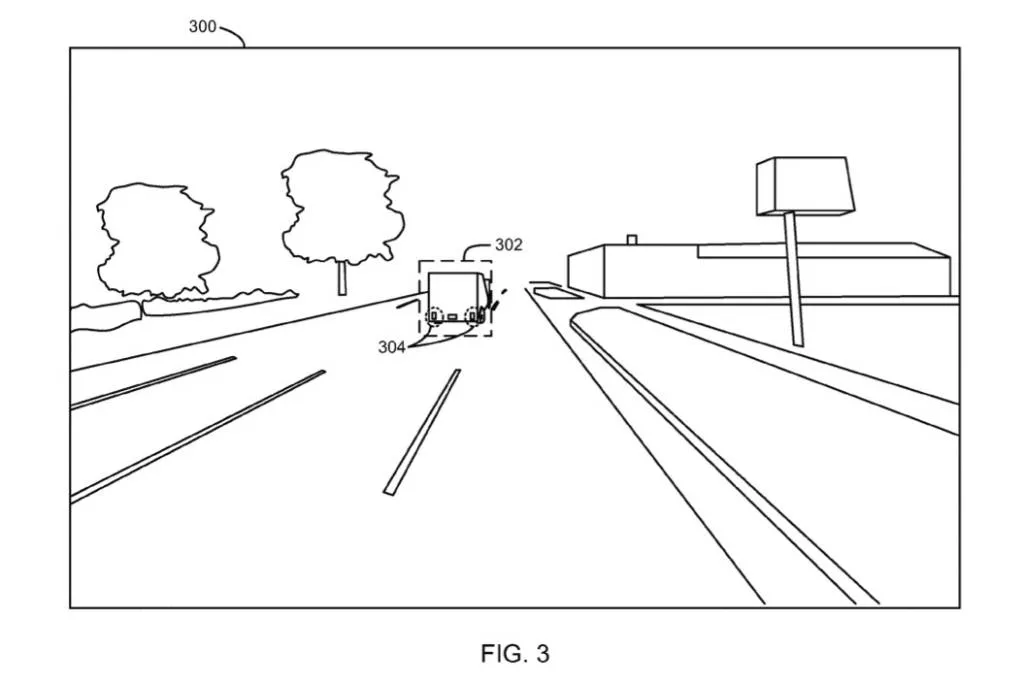
Ford automated brake light detection system patent image
As described in the application, lidar and cameras could be used to scan the road ahead, while software would interpret the lidar readings and camera images to determine if a vehicle's brake lights are on. Ford also mentions day and night modes, with different software strategies for detecting light and correctly identifying illuminated brake lights.
Such a system could help autonomous cars more accurately determine when it's safe to move, according to Ford. It could, for example, prevent a car from accelerating if a traffic light turns green, but the cars in front haven't started moving yet. It could also be helpful if traffic lights are not working or, in human-driven cars with driver-assistance tech, spotting brake lights in the event the driver gets distracted.
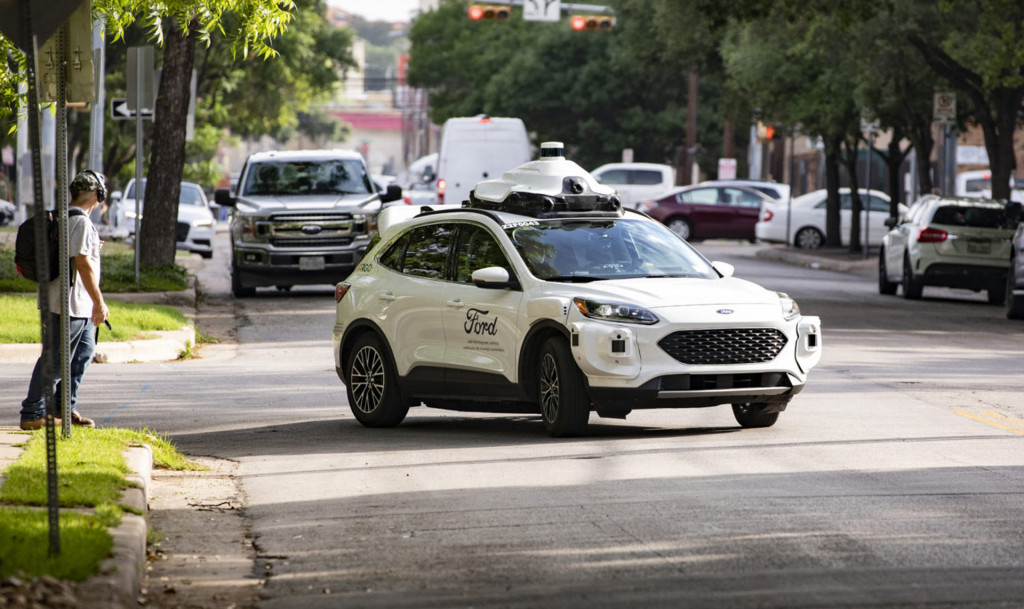
Argo AI self-driving car prototype
As with all patent filings, the ideas presented here may never make it to production. Ford is not shy about filing patent applications. Other recent examples include an extendable cargo bed for pickup trucks and a roof-mounted EV backup battery.
Last year, Ford launched its Latitude AI division to develop automated driving systems, which could make use of automated brake light detection. The automaker is also continuing to refine its BlueCruise highway driving assist, so perhaps automated brake light detection will be used there.


